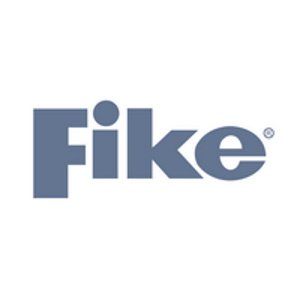Fike UK urges companies to ensure appropriate equipment and technologies are in place to mitigate the disastrous effects caused by grain elevator explosions.
Keith Avila, General Manager at Fike UK said: “In the food process industry alone, approximately 50% of explosions have originated in bucket elevators. Installing appropriate prevention and protection measures will eliminate the potential risks associated with dust explosions, such as severe plant destruction and downtime, loss of production and in worse case scenarios, injury or loss of life.”
Avoiding dust explosions
Dust explosions can occur when a high concentration of dust is present in the atmosphere. These dusts can either be created from the product that is being processed or the by-product of attrition from materials handled. Being unseen, dust is often not treated with the degree of caution that is required.
There are two methods to avoid dust explosions – prevention and protection. As independent concepts, prevention systems help to minimize the risk of an event happening, whilst protection systems reduce the effects of the explosion when it does happen. According to Fike it is best to have both regimes in place.
Following best practice
Fike recommend companies follow best practice in health and safety by utilizing the hierarchy of hazard control
Keith said: “If a dust explosion occurs, the cost in terms of time, upheaval and any financial implications incurred due to both production downtime and plant damage – can be huge – for any company. A decision has to be made by every company based on how substantial the hazard is in relation to how far you go to mitigate the resultant risk.”
Fike recommend companies follow best practice in health and safety by utilizing the hierarchy of hazard control. According to the industry experts this will assist in determining the level of equipment needed to protect against dust explosions originating in bucket elevators.
Explosion protection devices
The hierarchy consists of – elimination, isolation, control, PPE and discipline (ERIC PD) – which has a direct correlation to the levels of protection currently available for elevator protection. A company’s safety record is significantly improved at each level as they move further along the ERIC PD hazard control path.
Keith added: “Fike UK is celebrating 30 years in the industry of protecting processes. One of our biggest achievements to date is our invention of bespoke explosion vents and flameless units specifically designed for elevator protection. We also offer a comprehensive selection of active and passive explosion protection devices. Our highly trained representatives advise companies on the most cost effective solutions in relation to the hierarchy of hazard control and ensure the most effective measures are installed to mitigate dust explosions.”
















